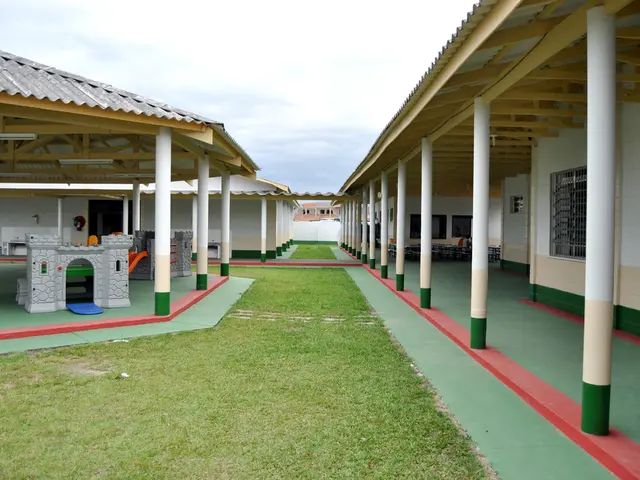Competitive edge in the new energy era hinges on strategic planning, creative solutions, and efficient transportation methods
In the dynamic world of business, metalurgical industries in Argentina are positioning themselves to supply expanding sectors like energy and mining, with a focus on consolidating the value chain and becoming strategic suppliers capable of providing added value to clients.
The import of inputs is key to this strategy, but local suppliers are also eyeing export opportunities, particularly to Brazil. This shift requires a commercial learning process and a medium-term vision.
The logistics of the future will be sustainable, digital, and characterised by significant gaps between countries. This presents a challenge, especially for industries located in the interior of the country, where production poles are often far from key energy markets, increasing costs and making logistics a decisive factor.
Metallurgical companies in Argentina face challenges such as securing stable input materials like sulfuric acid, managing financing for project development, and navigating market volatility. However, they also have opportunities in leveraging Argentina's vast lithium and mineral resources, the growing demand for cleaner energy technologies, and potential collaboration with strategic mining and copper producers to expand capacity and enhance production efficiency.
To succeed, metalurgical industries must focus on being reliable suppliers, being close to clients, and adapting internal processes to the new paradigm. Generating associations with regional actors, both suppliers and clients, is essential for a sustained export strategy.
Logistics remains a major challenge due to dispersed deposits and a lack of client management tools. However, technology, such as artificial intelligence, is starting to make a difference. Digital twins are being developed to optimise stocks, detect bottlenecks, and improve maintenance plans in real-time.
Young people's contribution and the incorporation of artificial intelligence will be key to making companies more dynamic, flexible, and competitive. The energy industry will drive changes in production and business, emphasising the need for adaptation, artificial intelligence incorporation, and collaboration between companies, logistics, and industry.
The overall outlook for metalurgical industries supplying expanding sectors like energy and mining is very promising. However, until mid-2026, Argentina faces a complex situation with high country risk, rising interest rates, and delayed investments. Large-scale projects expected in 2026 will require significant improvement in delivery deadlines and competitive pricing, necessitating adaptation from companies.
Despite these challenges, Argentine products are competitive in the international market due to their quality, innovation, and ability to make custom products. However, the economic context may affect competitiveness. Cooperation among suppliers is essential to present integrated proposals with greater added value and guarantee real competitiveness.
Deficiencies in maritime cargo security also exist, with more than one in ten shipments having failures. This is an area that requires immediate attention to ensure the safety and integrity of goods during transportation.
In conclusion, the metalurgical industries in Argentina are poised for growth, but they must navigate a complex landscape of challenges and opportunities. By focusing on reliability, proximity to clients, and adaptation to the new paradigm, these industries can position themselves for success in the years to come.








